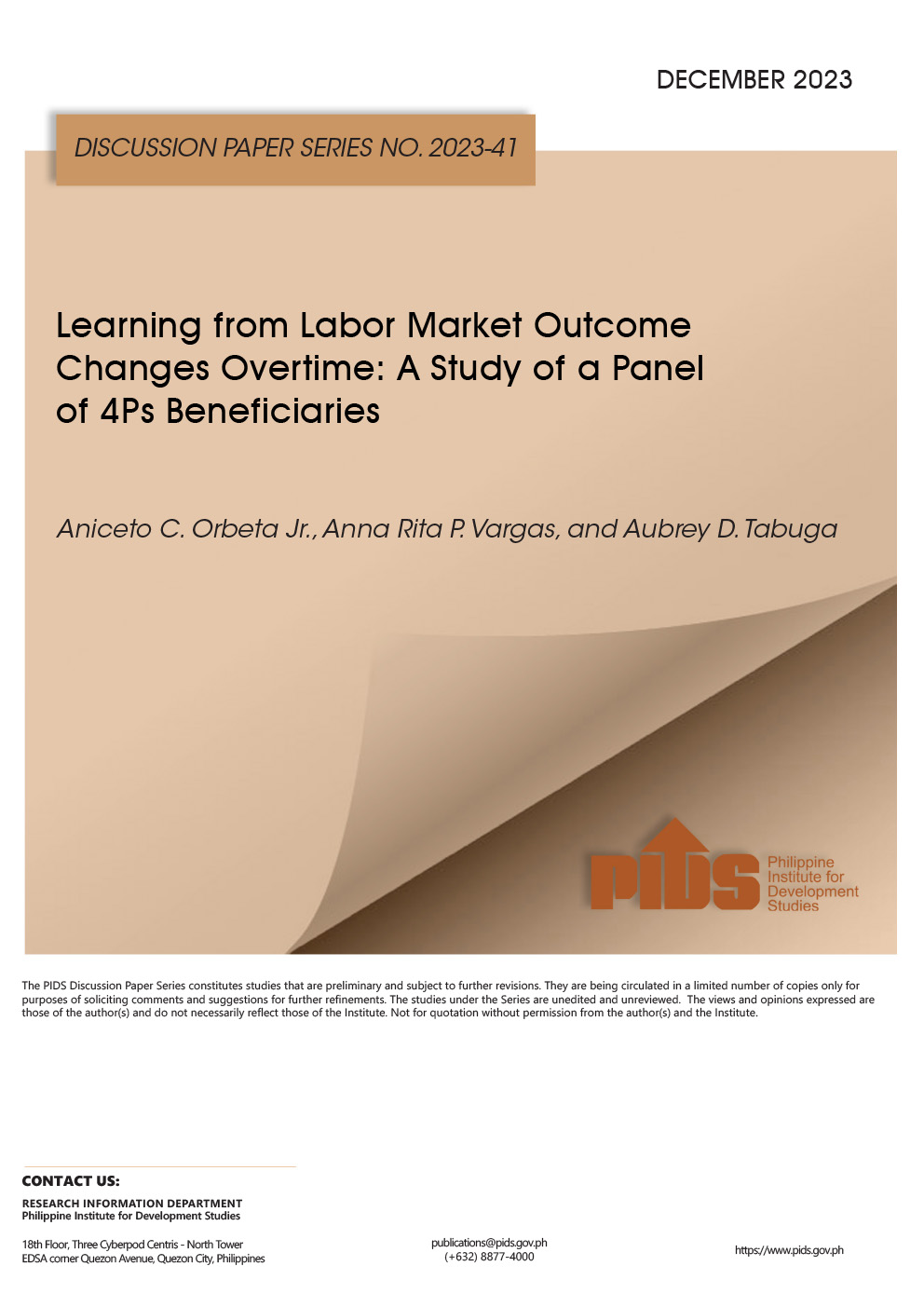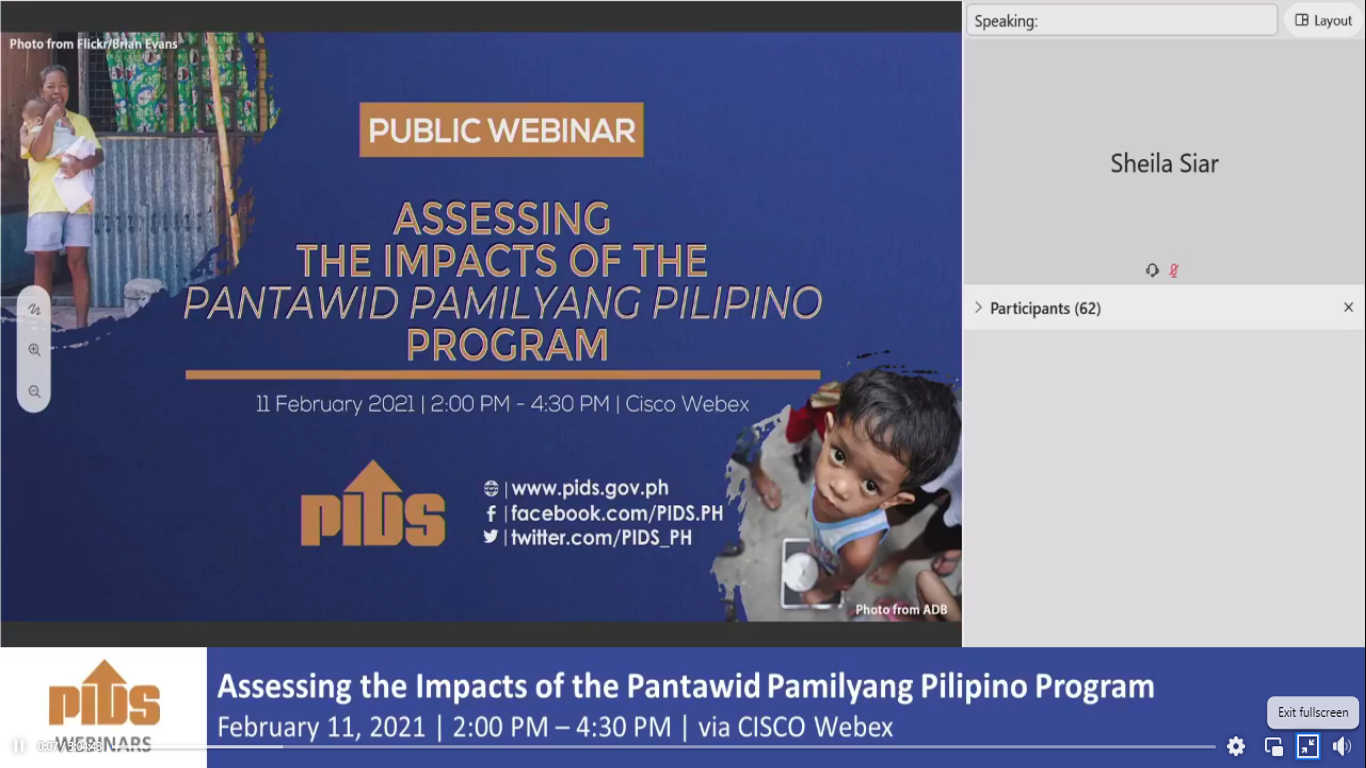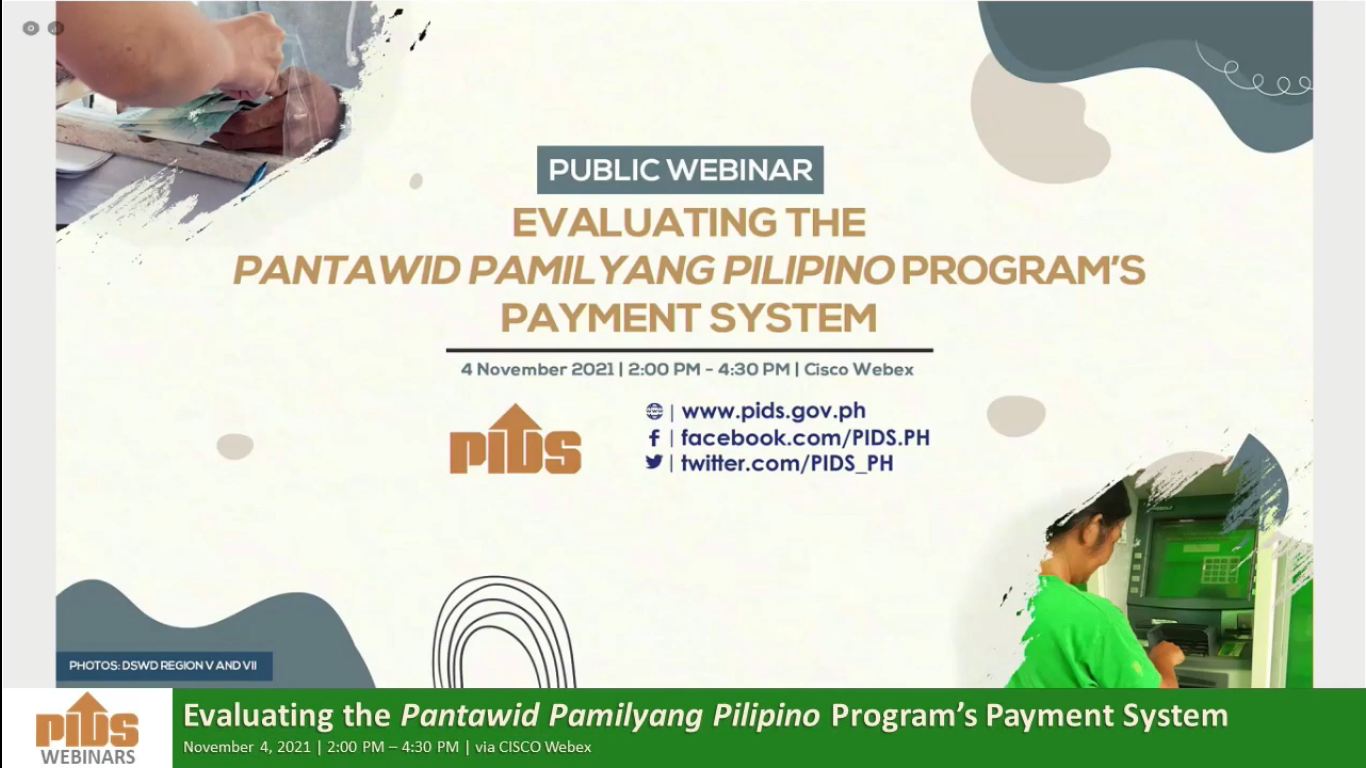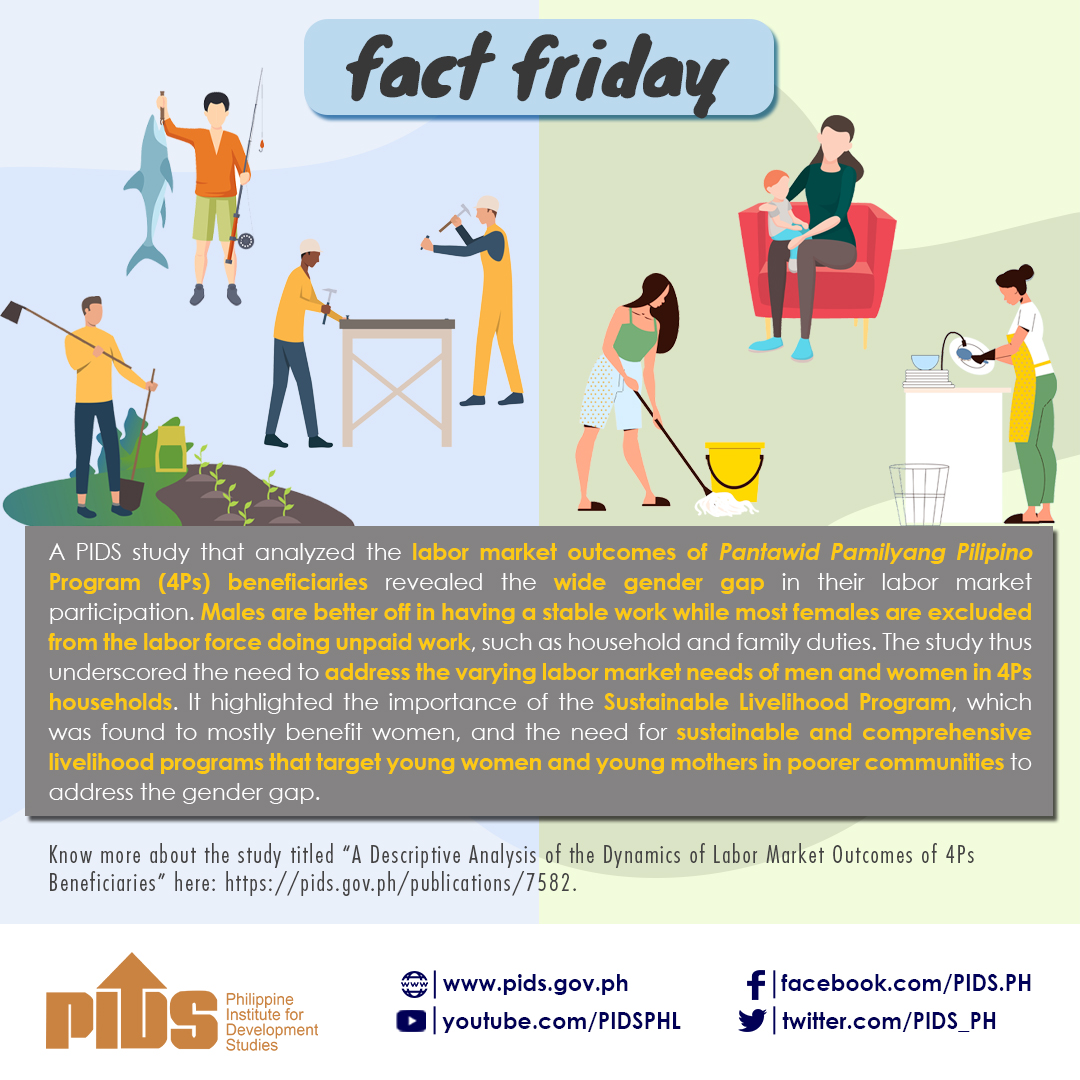The Pantawid program is able to hit its target consistently because it is the only government program that operates with a National Household Targeting System for Poverty Reduction. The NHTS-PR has a database of basic characteristics, including living conditions and key assets, of 10.8 million households in poverty-prone areas, as of 2009. These characteristics exclude income, since a standard income survey of millions of people is unaffordable, but they are able to proxy for income, through a formula devised from other surveys that can relate income to the said characteristics. With incomes below the poverty line defined as lacking “the means,” and thus deserving of public subsidy, a “means test” is needed to determine who to target for the subsidy. In 2009, using a “proxy means test” calibrated to the NSCB (i.e. official) poverty line of that year, the NHTS-PR identified 5.2 million families as poor, and put them into the initial Pantawid target list. These 5.2 million were, in effect, Pantawid’s initial bull`s-eye.








